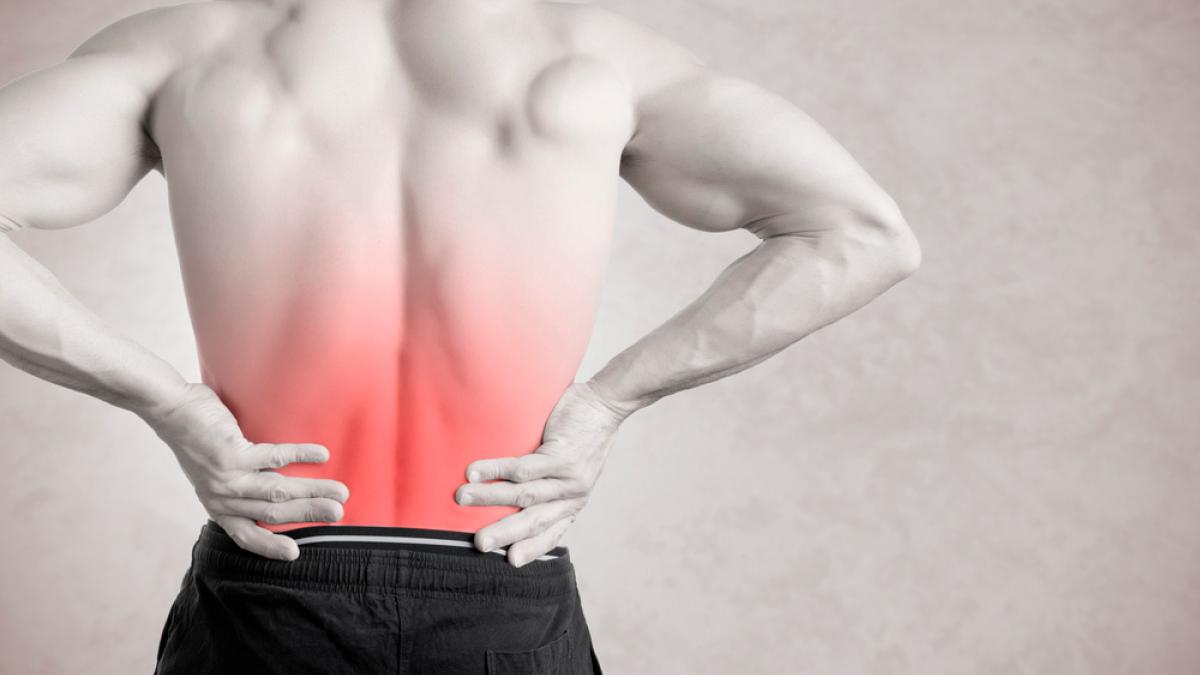Psychotherapy sessions include relaxation techniques and new ways to stay active. Taking into account the improvement in the patient’s quality of life, psychotherapy is relatively cheaper than conventional treatment.
The aim of the sessions was to encourage changes in attitude, focusing on the positive aspects. They reveal that people who receive psychotherapy sessions are twice as likely to recover from their illness, compared to those who receive conventional treatment. It is a treatment that is based on the psychic or physical symptoms that the individual manifests and that generate discomfort, to favor a series of modifications in the patient’s behavior that allow him to adapt to his environment and improve his health and well-being, to normalize their relationships with others and their integration into society.
Psychotherapy was relatively cheaper. They emphasize that the importance of the finding lies in the fact that the treatments for back pain used up to now have not shown long-term efficacy.
Stress favors the development of muscle contractures and, as a consequence, back pain appears. Nerve structures are stimulated by stress and the perception of pain is intensified. In addition, stress can favor a type of attitude towards pain that increases the risk of it occurring or lasting longer.
Negative attitude towards pain, believing that it will continue, disabling the patient and permanently reducing their quality of life.
Reduction of physical activity and abuse of symptomatic medication, due to fear of pain.
Lack of self-confidence to handle pain and the disability that it implies.
Making doctors or other health professionals, family members, partners responsible for pain control
Exercises to strengthen the back
Sedentary lifestyle, along with stress, are the main ills we suffer at work and the cause of many health problems, especially back pathologies.
There are factors that contribute to worsening the health of the back: furniture that is not adapted to personal needs, environmental factors that produce stress and increase tension, or other types of health problems -sight, hearing, previous pathologies- that force us to adopt a bad postural hygiene.
Bad posture, stress, injuries, physical overexertion, bad habits and even inadequate exercise can be among the causes of back pathologies. Therapies such as naprapathy, disciplines such as Pilates and measures such as postural reeducation sessions can help you strengthen the muscles in this area and have a healthy back.
The back, and the adjacent areas that help it in its task (such as the abdominal muscles), and maintaining flexibility, will help you avoid problems in the future and will serve to improve your general health.
Exercises that have a direct impact on the spine can worsen existing problems: running, dancing, basketball, high impact fitness, step. Therefore, it is necessary to consult a doctor before starting any physical activity.
Here we show you new exercise programs, techniques and care that will keep your back healthy and make you forget about pain.
Make a simple table of stretches and exercises that will prevent many back problems. Do them slowly, holding the stretch until you feel the muscle give way and release the tension. It won’t take you more than eight minutes.
neck joint mobility
Before stretching it is convenient to gently move the neck sideways and up and down.
Trapezius Stretch 1
In this exercise we stretch the longitudinal fibers of the trapezius, one of the muscles that is most loaded with static work. Rest one hand on your work table and gently pull your neck to one side with the other, as if you wanted to bring your ear closer to your shoulder.
Trapezius Stretch 2
To stretch the oblique fibers of the trapezius, lower your head, directing your nose towards your shoulder.
Lower back stretch 1
It is one of the most rewarding stretches. You can do this by holding yourself with one hand on the opposite side of the chair.
Lower back stretch 2
To get a deep back stretch, lean down, hold on to the chair, and arch your back.
Paravertebral Stretch
This stretch will help you release all the tension in your neck. Bring your hands to the back of your neck and gently pull your head down.
shoulder joint mobility
Make circular movements backwards to unload the area and prepare it for stretching.
chest stretch
This stretch is necessary to counteract the typical office worker’s kyphotic posture, which shortens the pecs. Rest your hand on the wall with your thumb up and look away.
psoas stretch
Sitting for so many hours shortens your hip flexors, which you can easily stretch in your work chair. Stand up, turn the chair on its side, rest one knee on it and step forward with the other foot until you feel your groin area stretch.
Side chain stretch
Grab your elbow and pull to the side to stretch all the lateral muscles of your trunk.
breathe
To finish, close your eyes and take three or four chest breaths, that is, filling the abdomen with air. If you are very stressed, hold your breath for a few seconds to achieve a relaxation effect.







